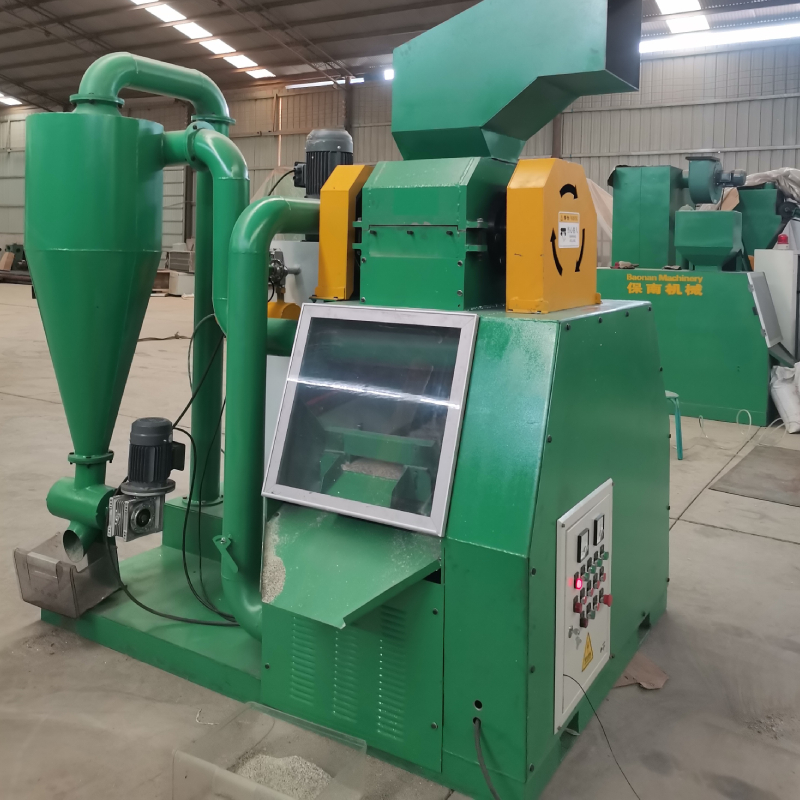Recycling circuit boards has become an essential aspect of sustainable electronics management. As e-waste continues to grow, the demand for effective recycling solutions has never been more crucial. This article delves into the innovative methods and practices for recycling circuit boards, tailored by industry experts to maximize environmental and economic benefits.

Circuit boards, the heart of electronic devices, are rich in valuable metals such as gold, silver, copper, and palladium. However, recovering these materials requires state-of-the-art techniques and expertise. One of the most groundbreaking approaches employed by recycling facilities today is pyrolysis.
This method involves heating circuit boards in an oxygen-free environment. Unlike incineration which releases toxins, pyrolysis converts organic materials into synthetic gas and leaves behind metal residues. This not only reduces waste but also creates reusable by-products with minimal environmental impact.
Hydrometallurgical processing also plays a significant role in circuit board recycling. This technique uses aqueous chemistry for the recovery of metals. Through processes like leaching, valuable metals are dissolved from the shredded circuit boards using chemical solvents. The extracted metals are then precipitated and purified. This process is favored for its environmental compatibility compared to traditional smelting as it limits air pollution and reduces energy consumption.

In the context of expertise, it's vital for recyclers to understand the specific composition of the circuit boards they process. Different devices contain boards with varying levels of metals and toxic substances like lead and mercury. For instance, smartphones typically have a higher percentage of precious metals compared to household appliances. Knowledge of these differences is critical in optimizing the recycling process and ensuring compliance with environmental regulations.
To establish authority in the recycling domain, facilities must adhere to international standards and certifications such as the Responsible Recycling (R2) and the e-Stewards certification. These standards assure clients and customers that the recycling processes meet rigorous environmental and worker safety criteria. Moreover, transparency in operations, such as providing detailed reports on material recovery rates and environmental impact metrics, builds trust and credibility in the market.
how to recycle circuit boards
Real-world experience from industry leaders highlights the importance of embracing advanced technological solutions. For example, using automated shredders integrated with sophisticated sorting systems significantly enhances the efficiency of recycling operations. These systems employ sensor-based sorting technologies that accurately separate various components based on material type, size, and metal content, ensuring a higher purity rate of recovered materials.
Furthermore, partnerships with technology developers and manufacturers are crucial. By collaborating, recyclers can gain insights into upcoming electronic product designs, allowing them to tailor their recycling processes for future waste streams. This proactive approach not only improves resource recovery but also aligns with the principles of a circular economy—where recycling processes are designed to feed back into production systems sustainably.
Eliminating counterfeit and inferior recycling practices is another crucial area that enhances trustworthiness. Facilities must provide secure recycling solutions, especially for IT equipment containing sensitive data. Ensuring data destruction before recycling is a critical step in protecting clients' information. Utilizing methods such as degaussing and shredding not only guarantees data security but also increases the trustworthiness of recycling practices.
In conclusion, the successful recycling of circuit boards hinges on the integration of innovative technologies, expertise in material composition, adherence to rigorous standards, and transparency in operations. By focusing on these areas, recycling facilities can significantly reduce e-waste, recover valuable resources, and contribute to a sustainable future. As consumers and industries become more environmentally conscious, the demand and expectations for responsible recycling will only continue to grow. Establishing a reliable and efficient recycling process positions businesses to capitalize on these evolving trends, ultimately leading to environmental and economic gains.


